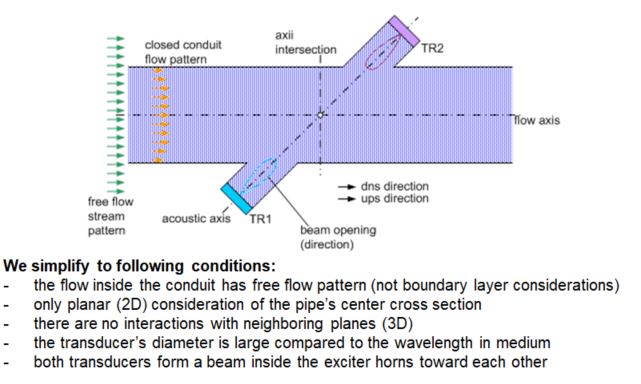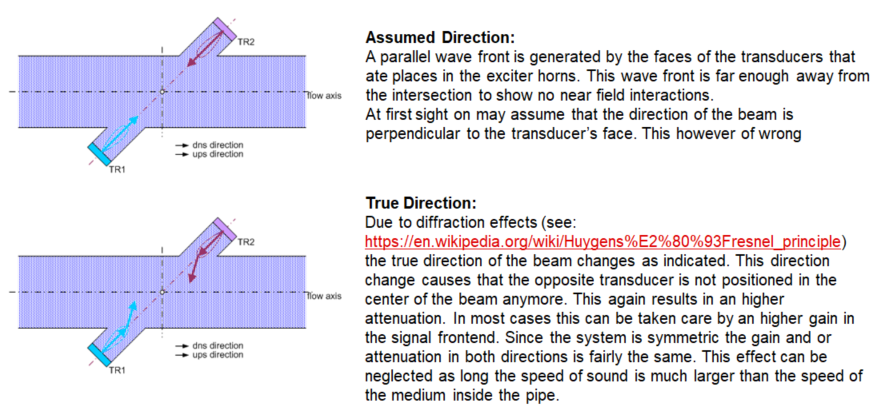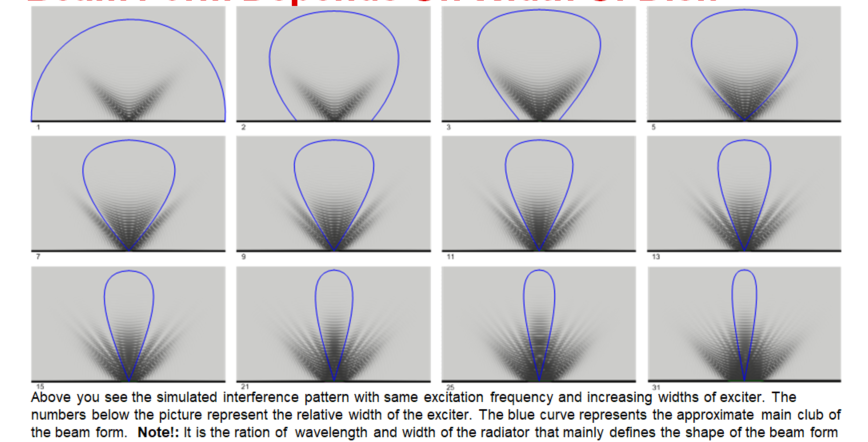Other Parts Discussed in Thread: TDC1000, PGA460, TUSS4470, , TDC7200
Hello,
I well know TI's ultrasonic sensor ICs, such as PGA460 and TDC1000. Those ICs can be programmed via SPI port with the help of an MSP430 or a C2000 (or any other MCU). Some are direct drive, and some others are the transformer drive types.
Recently I got familiar with MSP430 ultrasonic sensing mictrocontrollers, which are designed for ultrasonic application-specific purposes.
I want to know:
1-if they have any extra benefits in comparison with ICs like PGA460, TDC1000, and TUSS4470?
2-I think these MCUs have not any output driver submodule and are appropriate for transducers using standard MCU voltage levels (3v). I need to drive a 100 v transducer so that I'm curious to know whether any of MSP430 Ultrasonic MCUs provides an output driver submodule or not? If no, we should consider an independent circuit for driving a 100v transducer (MOSFET gate driver + Transformer).
Therefore taking into account the BOM, I think using a TUSS4470 + a low price MCU to program it could be more cost effective because TUSS4470 has an output driver submodule.
Does the MSP430 Ultrasonic MCU Design team have any other idea?
Regards,
Hossein






